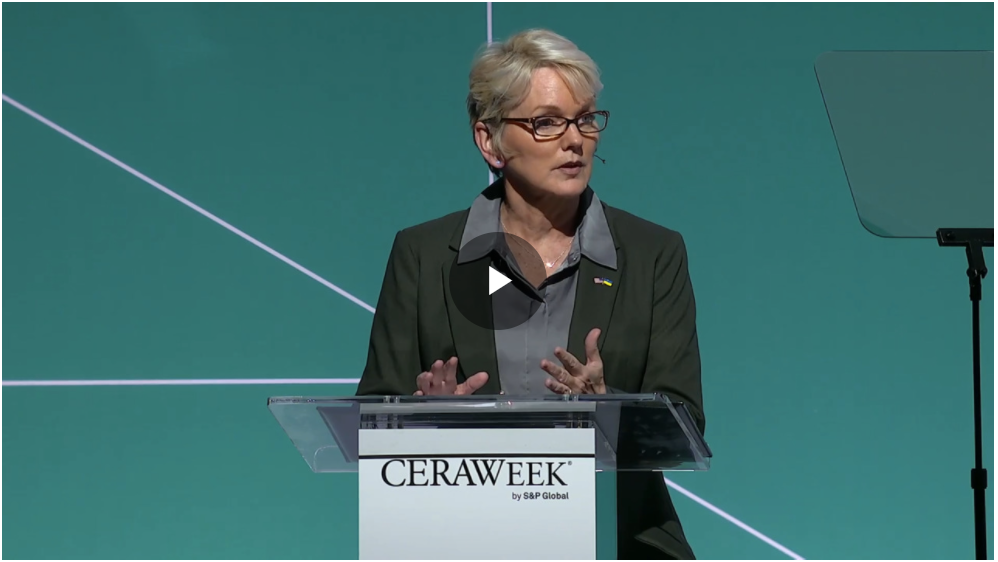U.S. Government Doubles Down on Boron and Lithium
The U.S. Government continues to assure mining producers that it is determined to secure strategic minerals such as Boron and Lithium for EV production and other advanced energy needs as these sectors are poised to grow significantly in the coming decade. The Biden administration is looking even more closely at approving domestic sources of electric battery vehicle metals such as boron and lithium.

Renewable Energies and Boron
EV Battery Metals
Any discussion on minerals required to support electric vehicle production inevitably focuses on lithium as it is a key ingredient in batteries but there are other similarly valuable metals utilized across E.V. powertrain production.
Battery Pack
This is the heart of the power source, and lithium is the main component used in batteries today, given its high energy density and efficient charging capabilities. Graphite is another mineral used as anode material with a borate coating to protect against lithium deposition and corrosion. Studies also show boron is beneficial in this respect.
For hybrid automobiles, in Ni-MH rechargeable batteries, the negative cathode is a mixture of metal hydride – including praseodymium, lanthanum, and cerium.
Boron is also added before graphitization to improve electrochemical properties and lower temperature. Looking to the future, hydrogen-boron compounds are being researched as a future fuel for hydrogen fuel cell-powered vehicles.
DC-AC Converter
The Powertrain, Electronic Control Unit, controls the frequency and magnitude of the voltage supplied to the electric motor, managing speed and acceleration. Software plays a key role in maamging this function.
Electric Motor
The electric motor converts power to mechanical energy for delivery to the wheels. Tesla uses Neodymium magnets use neodymium, iron, and boron to form the Nd2Fe14B tetragonal crystalline structure to create power in engines. These magnets are also at the heart of wind turbines.
Onboard Charger
An onboard charger converts A.C. through a charge port to D.C. and controls the amount of current delivered to the battery pack. Supercapacitors – electrochemical energy storage devices – store the charge at the interface when a charge is applied. Borates are used in the electrolyte solution.
Other Demand for Strategic Metals
Besides the E.V. industry, sourcing and providing green energy in other areas is ongoing.
The nuclear industry relies heavily on boron as an anti-radiation protector and corrosion inhibitor. IBoron is also used on fuel rods and in emergencies to prevent the spread of radiation. Wind turbines, as mentioned above, make use of neodymium magnets to provide clean energy.
Why the U.S. Government is Being Proactive
The concern among U.S. administrators is that critical minerals will be restricted in supply by other economies and producers and thus now requires strategic overview and economic management akin to crude oil supply and demand to meet hte requitremet s of advance denergy needs in multiple industries in th ecoming years, not least in automobile producton but also in aerospace and defence.
During the CERAWeek Energy conference in Texas in early March, U.S. Energy Secretary Jennifer Graham and other industry experts underlined the need to produce and source more metals domestically as the E.V. industry takes off domestically and globally. The market for electric vehicle power packs alone is expected to grow to US$300 billion by 2030.
Balanced against this need is the requirement for any new mines to protect the local environment in which they operate.
Industry experts applaud the focus on domestic sources of metals. Still, they are wary of the flag raised about environmental standards. The only new mining source to be approved in recent times is the boron facility – which also has lithium sources – in Fort Cady, California, owned by 5e Advanced Materials. Formerly known as ABR, the company has been the only one to acquire a new permit for mining in the past two years.
In a recent interview by Anthony Hall on Australian TV, Hall emphasizes that boron is a crucial mineral in E.V. powertrain and neodymium magnets which are the Powertrain for electric motors. The surge in the company’s share price in the past month seems to support the company’s position as a strategic partner. Indeed, the U.S. Government has given the company Critical Infrastructure status in a recent press release in February 2022.
The designation of ‘Critical status’ is a sign that the U.S. Government considers Fort Cady and its reserves to be in national security interest.
The designation validates Fort Cady’s role in providing a new, critical, domestic source of boron amidst a challenging global supply chain. CISA, as a U.S. federal agency and operational component under the Department of Homeland Security, is tasked with understanding, managing, and reducing risk to the nation’s cyber and physical infrastructure.
Commenting on ABR’s Critical Infrastructure designation, ABR CEO Henri Tausch said: “We are pleased to have the support of the U.S. government in developing our Fort Cady Integrated Boron Facility. CISA’s Critical Infrastructure designation validates the scarcity of new reliable sources of boron and its criticality in high-end use applications.
The world is at an inflexion point to secure supply chains of critical future-facing and decarbonization materials, and we look forward to pursuing our objective of becoming a leader in one of these vital materials – boron.”
Other companies looking to benefit from this latest initiative by the U.S. Government include Lithium Americas Corp, Ioneer and Piedmont Lithium. They have submitted applications for loans totallingUS2 billion to fund strategic projects.
Loans are one way to highlight how seriously the government is taking this issue, but there is a caveat. Granting loans will be subject to the mine passing a regulatory review and avoiding what U.S. Environmental Protection Agency Michael Regan calls “disproportionately impact(ing) communities of colour and tribal communities.”
among other criteria.






